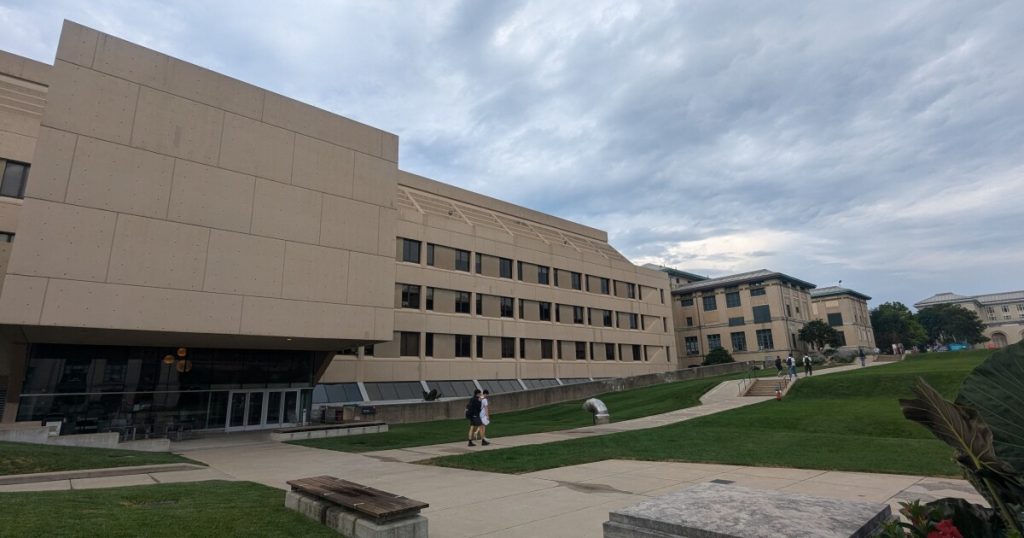A new research project involving Carnegie Mellon University and the University of Pittsburgh aims to bridge the gap between concerns over artificial intelligence and its true impact on jobs.
Some tech CEOs have made bold claims that AI will soon be able to replace large swaths of the workforce.
But, so far, it’s been hard to draw a connection between AI software and job loss.
The collaborative study between Carnegie Mellon, Pitt, MIT and others consists of four projects to look at where AI is being adopted, how workers fare when AI is introduced to the workplace, what policies are best at supporting workers, and what methods can be created to track AI-driven changes.
Artificial intelligence refers to technologies that perform a range of tasks, from search engines and transcription to writing code or generating photos.
The project’s co-lead, CMU Professor Christophe Combemale, will look at when companies adopted some form of AI and their hiring patterns.
“The nature of that adoption has consequences for whether AI is going to tend to replace workers, or augment them, or improve the quality of their work, which in turn is going to affect employment and wages,” he said.
Morgan Frank, assistant professor in Pitt’s School of Computing and Information, is leading a team that will create the Observatory for U.S. Job Disruption.
Frank said it’s hard to know what’s causing changes by looking at total unemployment numbers. His team will collect and analyze data from all 50 states’ unemployment insurance programs to see where jobs are lost and in what sector.
Frank said, with that kind of granular data, they’ll be able to ask whether AI or other shifts are responsible for job losses.
“It’s really hard to say that total unemployment has increased because of AI or because of any other thing,” Frank said. “Being able to break that statistic apart into the sectors or into actual job titles gives us a huge advantage.”
The University of California-affiliated California Policy Lab will study how people exposed to AI in their work move between occupations.
“It’s equally important not just to understand which occupations are exposed, but what the exit options are,” Combemale said.
He noted exit options could be positive, such as a promotion due to increased productivity. They could also include lateral moves to a different field or a drop in wages.
The fourth project, led by the U.S. Chamber of Commerce Foundation, looks to build a new data approach to reduce the lag time between when workforce changes happen and when they are reported.
The two-year study is funded by a grant from the Alfred P. Sloan Foundation.
“I don’t think we’re going to have all the answers, but I think we are going to have much better tools at the end of two years to track what’s happening, and hopefully to be able to start seeing a little bit around the curve of some of these technology shocks, so that workers and policy makers and firms can prepare and be a little more adaptive,” Combemale said.

